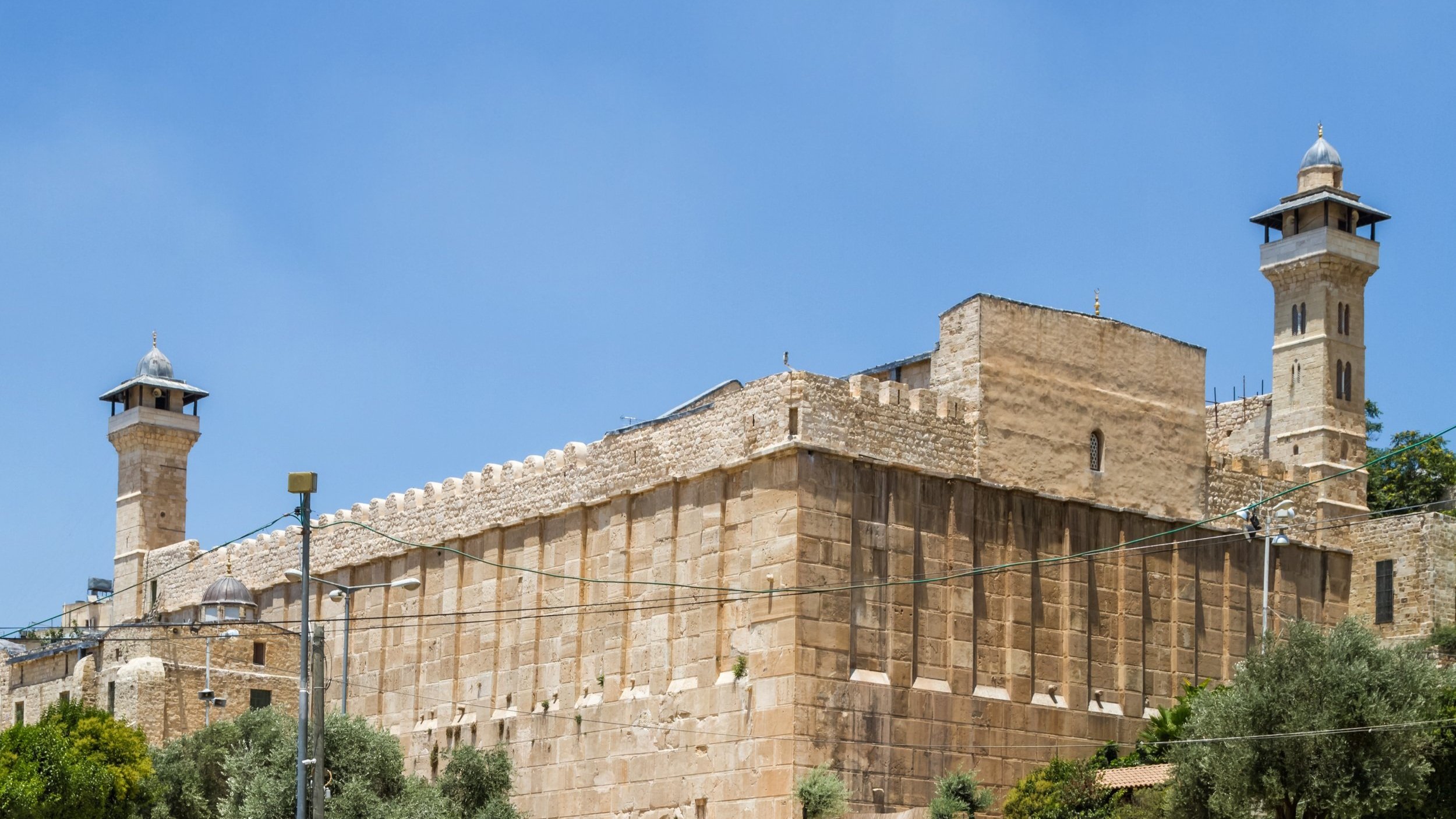Chayei Sarah
The Life of Sarah
Finding Life After Death
This week's Torah portion, Chayei Sarah, means "the life of Sarah". The portion however, commences with Sarah's death and describes events that transpired after she passed. This contradiction of terms provides us with a key understanding about finding life after death, whereby we can connect to the infinite and spiritual effects set in motion by a person during their lifetime. By connecting to the positive effects and Light revealed by Sarah, we can transcend the idea of death and the loss of her physical body. The Torah supports this idea through the small Hebrew letter "Kaf" in the word "velivkotah", meaning "to weep over her". The Kabbalists suggest that the small letter (in connection with Abraham's weeping), means that he did not weep a lot because he understood that he could connect to her infinite Light and not overly mourn the loss of her physical being. The Torah further hints at the Light she revealed in her lifetime, where it states that "Sarah's lifetime was a total of 100 years, 20 years and 7 years". Instead of a single period of 127 years, these three periods connect her to the 10 Sephirot or Tree of Life. The 10 Sephirot are ten attributes and levels of consciousness through which G-d, or the infinite, is channeled and revealed in the physical realm. The first period of 100 years connects Sarah to the highest sephirot, Keter, as 100 represents the total of all 10 sephirot and the 10 sephirot within each (10x10). The period of 20 years represents connection to the next two sephirot, Chochmah and Binah, and the 10 sephirot within each (2x10). The final period of 7 years corresponds to the lower seven sephirot (Chesed, Gevurah, Tiferet, Netzach, Hod, Yesod and Malchut), ranging from Chesed (kindness) to Malchut (kingdom). Sarah's connection to each of the sephirot in the Tree of Life reflects the immense Light she revealed during her lifetime and represents the unity between people and things. We can connect to her energy in this week's Torah reading.
The Cave of Machpelah
The portion describes in great detail how Abraham negotiated the purchase of the Cave of Machpelah as a burial site for Sarah and his family. The purchase was conducted in front of the local people, payment was recorded, and the field of Machpelah in the city of Hebron became Abraham's possession. Sarah and Abraham were buried in the Cave of Machpelah, along with Isaac, Jacob, Rebecca and Leah. It is considered the "Cave of the Patriarchs". We can see now, some 4000 years after the purchase, how the Jewish and Arab descendants of Abraham's sons Isaac and Ishmael still maintain it under joint control as one of the holiest sites in the world. By connecting to Machpelah in this week's reading we have the opportunity to inject the consciousness of peace between Jews and Arabs around the world who share a common father. This common heritage is evidenced by the descendants of Abraham who pray side-by-side at Machpelah every day to connect to his powerful energy.
Isaac & Rivka - Spiritual and Physical Union
We read this week in Chayei Sarah how Abraham sends his servant Eliezar to find a wife for his son Isaac. The story describes the details around Eliezar's oath to Abraham and how he finds Rivka, the granddaughter of Abraham's brother Nachor - the perfect wife for Isaac. The commentators suggest that the story is discussed in great detail because we see a unique blending of the spiritual and physical through the union of Isaac and Rivka. This concept forms the basis of many ideas set forth in the Torah and is the key to revealing the divine presence in our lives. Specifically, Isaac is the embodiment of spirituality as he was the first person in the Torah to become circumcised after 8 days as part of Abraham's covenant with G-d. He was also educated by Abraham on the concept of complete dedication to G-d and was complicit in his attempted sacrifice (the Akeida) - forever providing him with the sanctity of a burnt offering. Rivka, on the other hand, came from a family of idol-worshipers and she lived in a negative environment. Her brother Laban was known to be a dark sorcerer and she was a "rose among the thorns". We read how her family initially attempted to keep her from returning with Eliezar to Abraham and Isaac. When asked if she wanted to leave, Rivka stated "I will go, whether you like it or not". The joining of these opposite energies, through the marriage of Isaac and Rivka, is an example of combining the divine with the mundane - the goal of our spiritual work.
Mystical Gifts for the East
The portion describes how Abraham remarried Keturah after Sarah passed (the commentators say she was actually Hagar - the mother of Ishmael) and they had six sons together. Abraham gave all of his power of blessing to Isaac but to the son's of Hagar, he gave "gifts". He sent them east with the gifts. The Kabbalists and mystics interpret the gifts as being the wisdom of Kabbalah and other secret teachings which were revealed by Abraham in the Sefer Yetzirah (the Book of Formation). It is interesting to see how these "gifts" share certain principals with eastern mystical philosophies.
Resources & Credits
The Weekly Wisdom emails and the ideas presented herein are compiled from the following sources:
Gutnick Edition Chumash with Rashi's commentary, Targum Onkelos, and commentary anthologized from Classic Rabbinic Texts and the works of the Lubavitcher Rebbe
Apples from the Orchard - Gleanings from the Mystical Teachings of Rabbi Yitzchak Luria on the Weekly Torah Portion
Kabbalistic Bible - Kabbalah Centre International, Inc
The Zohar - Rabbi Shimon Bar Yochai, various translations
Mysteries of the Kabbalah - Marc-Alain Ouaknin
Wikipedia
Other online written and video content that discusses and shares Kabbalistic Wisdom

